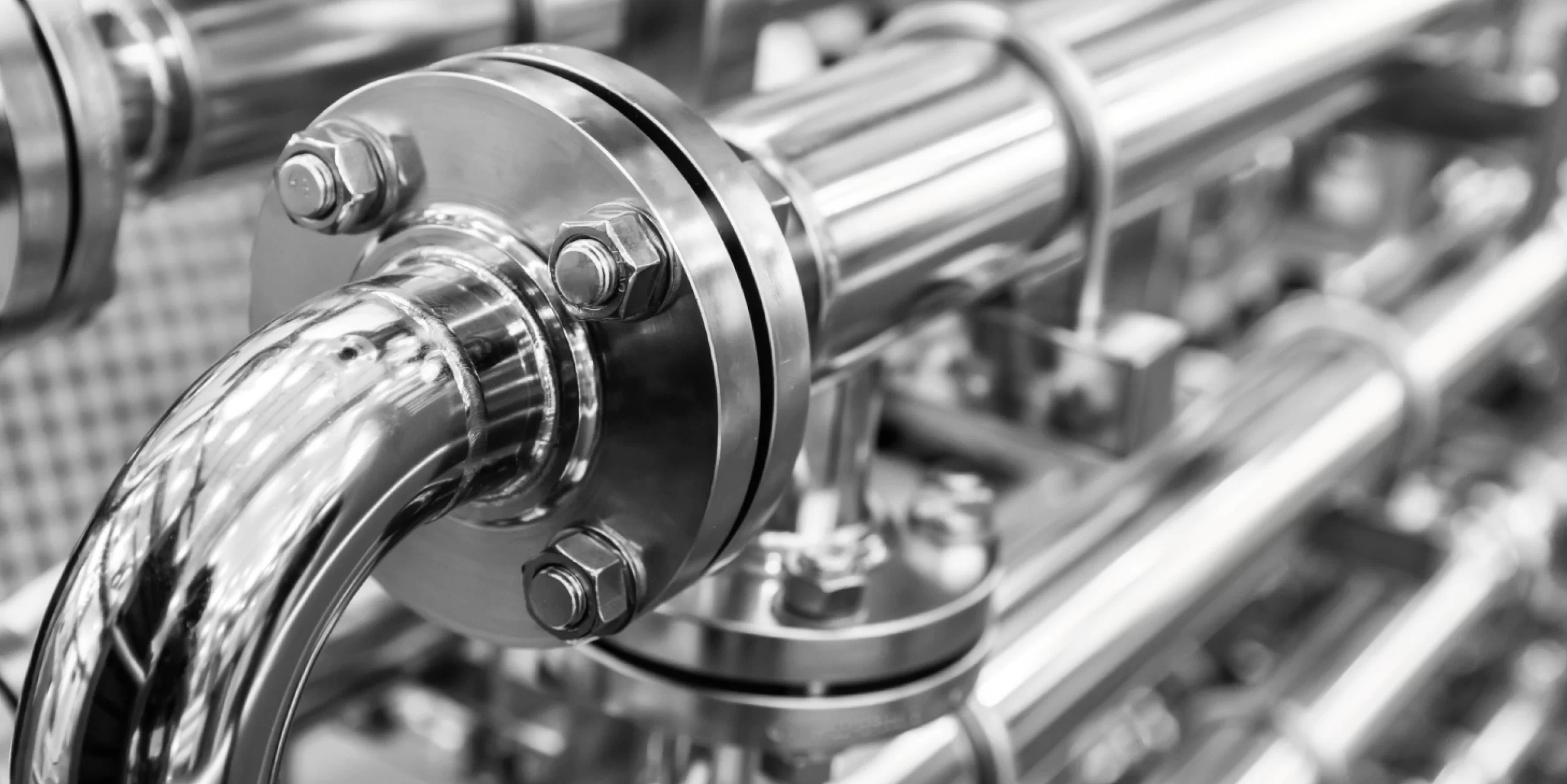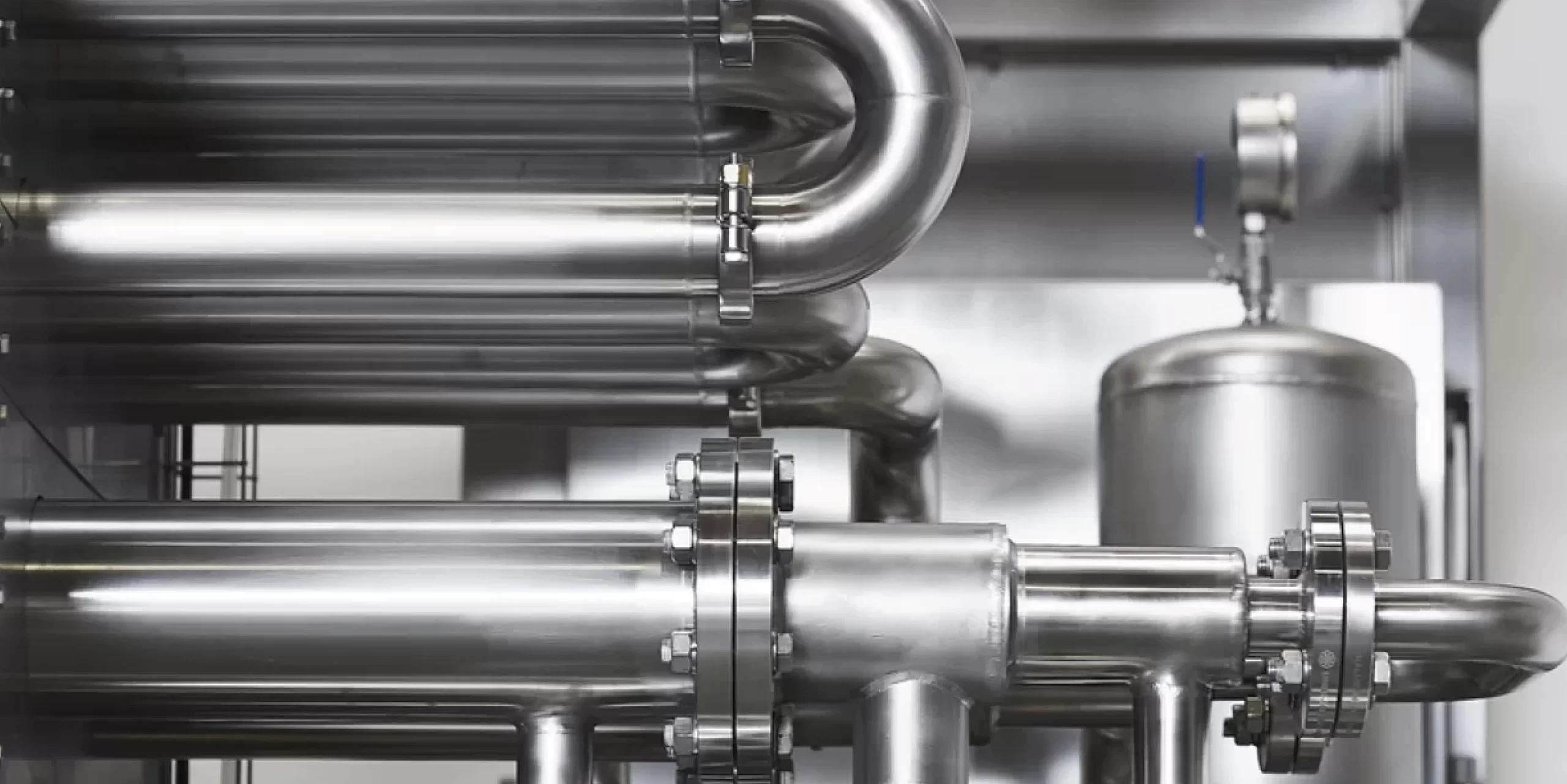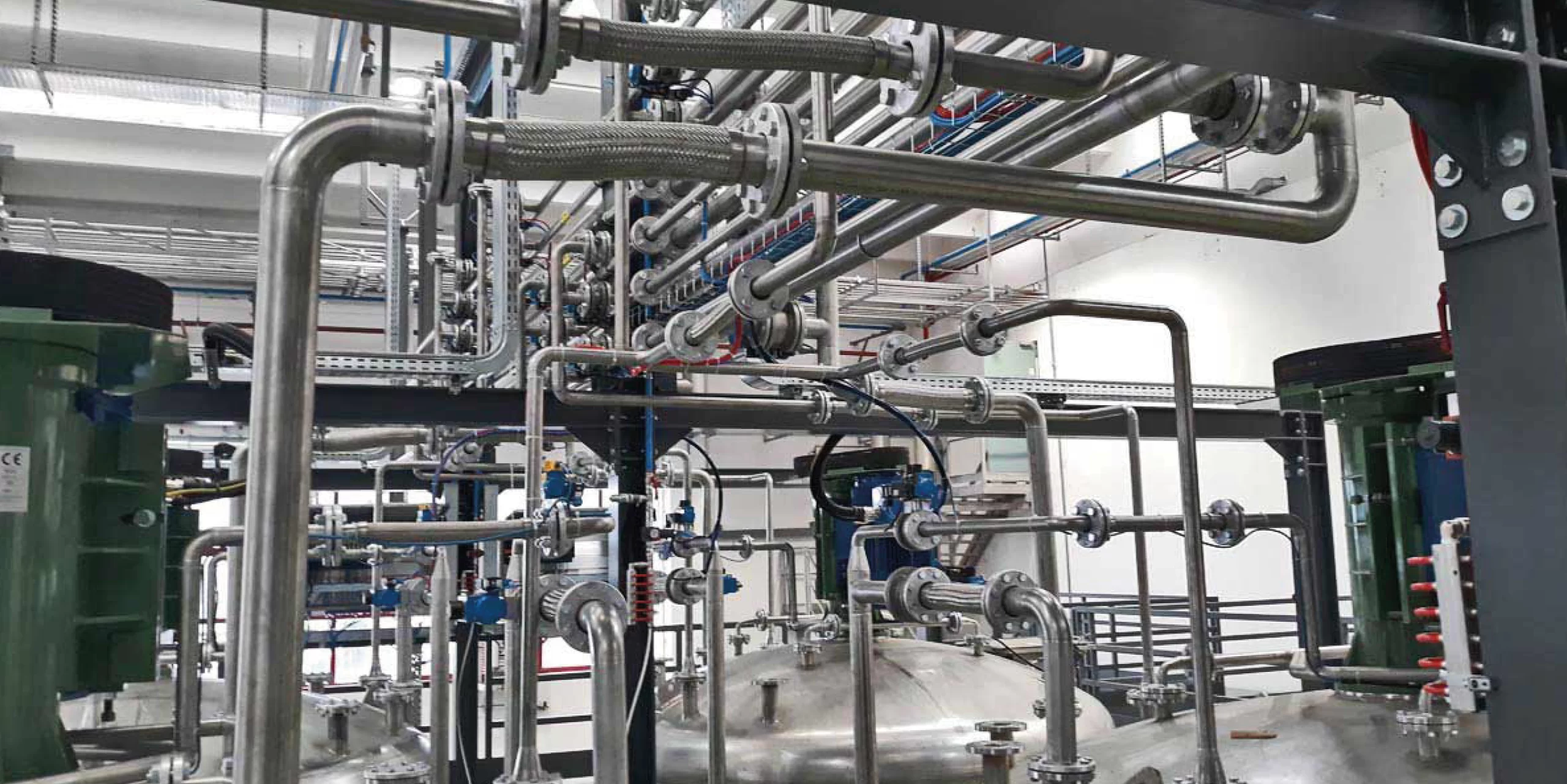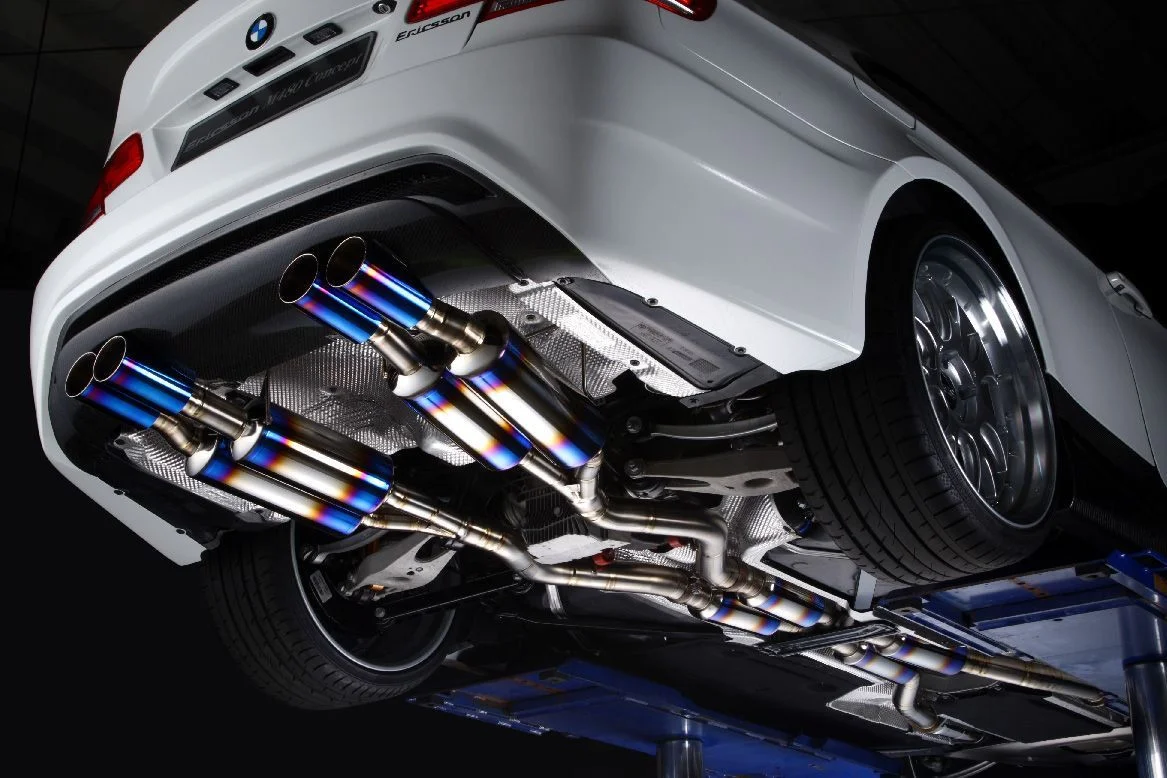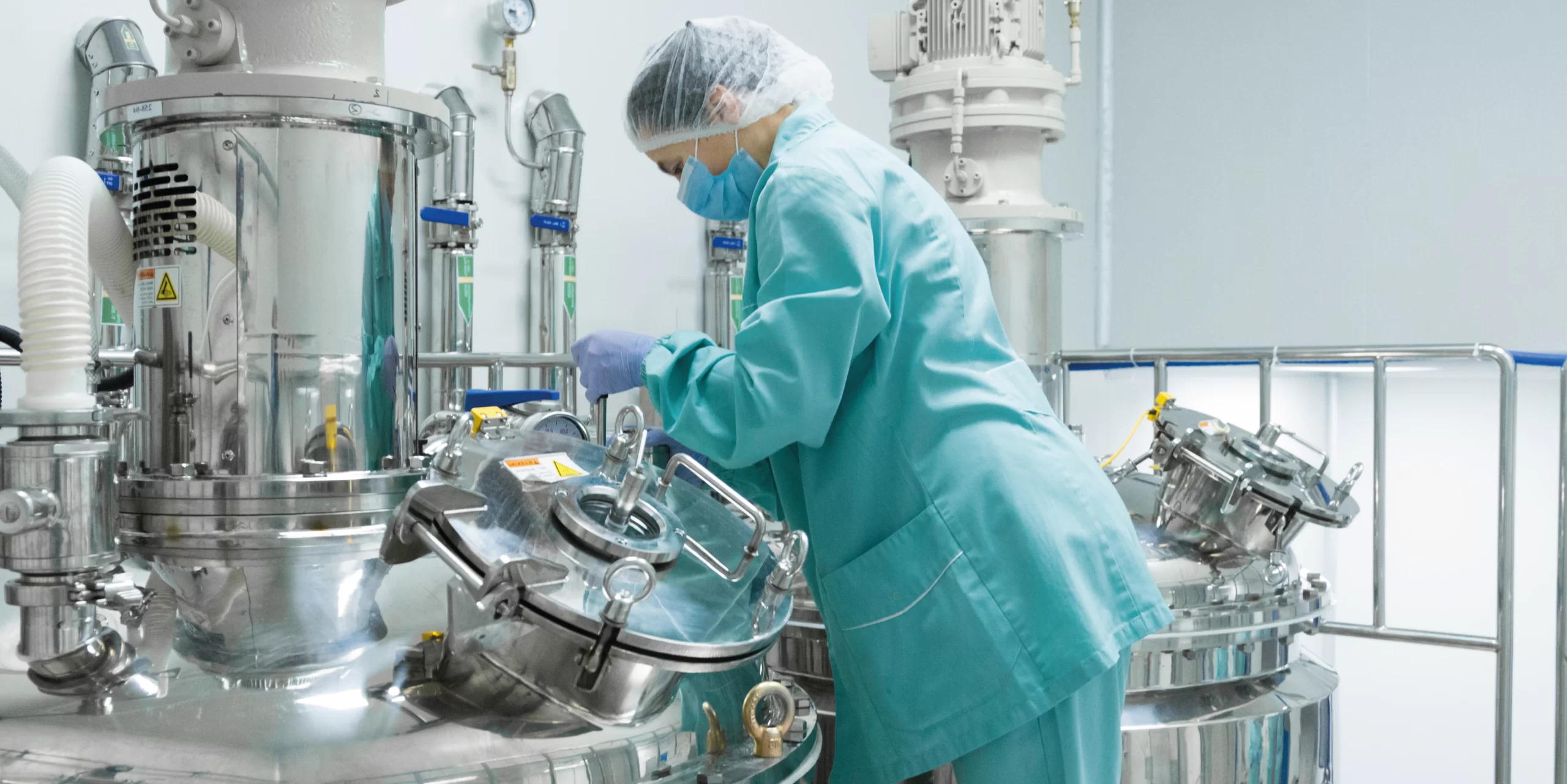TUBING AND PIPE
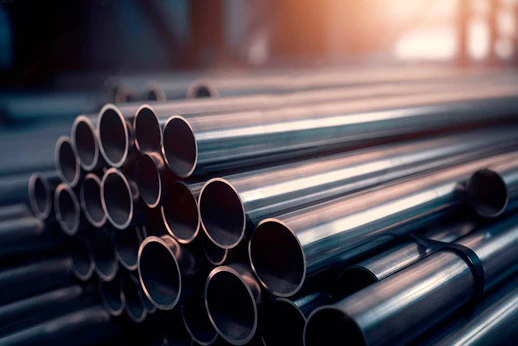
TUBE AND PIPE IN STAINLESS STEEL
Grupo Cipsa offers a wide range of stainless steel pipe options, including seamless and welded pipes, available in a variety of grades. Our inventory is ready to be tailored to your needs and can be shipped to multiple locations.
Additionally, we offer customization services for a wide range of grades, diameters and wall thicknesses. We also have inventory of stainless steel plates and sheets.
This allows us to efficiently satisfy even the most demanding requirements for custom pipes and tubes, ensuring timely and efficient deliveries.
TECHNICAL SHEETS
STANDARDS
STAINLESS STEEL GUIDES
ALLOYS
STANDARDS
STANDARDS
STAINLESS STEEL GUIDES
ALLOYS
| STANDARDS | DESCRIPTION |
|---|---|
| A-249 | This standard corresponds to the manufacture of calibrated tube known as tubing or flux tube. It is normally used for heaters, superheaters, evaporators, heat exchangers, condensers, etc. |
| A-269 | Standard that corresponds to the manufacture of calibrated austenitic stainless steel tubing or tube for general purposes with or without seam. |
| A-554 | It corresponds to the manufacture of external polished round or square PTR tubing to manufacture railings, handrails, hospital equipment, restaurants, residential, commercial architectural appearance and for construction. |
| A-312 | It corresponds to the manufacture of Pipe or tubing for conduction lines, also known as standard tube or nominal diameter tube. This standard covers pipe in outside diameter from 1/8″ (3.175mm) to 12″ (304.8mm) and in wall thicknesses of schedule 5, 10, 40 and 80. |
| A-270 | It corresponds to the manufacture of austenitic stainless steel pipe with a sanitary finish, interior or exterior polishing or both for use in the food industry in general such as brewing, dairy, food packaging, soft drinks, etc. |
| A-778 | Standard that corresponds to the manufacture of austenitic stainless steel pipe without heat treatment for use at low and moderate temperatures in the manufacture of tubular products. |
| CLASSIFICATION | GUIDE FOR THE SELECTION OF STAINLESS STEEL |
|---|---|
| AISI 304 | It is the base austenitic stainless steel. It has optimal weldability and good corrosion resistance at room temperature. Maintaining it for a long time in the critical temperature range between 450 and 850 °C presents the risk of intercrystalline precipitation of chromium carbide with consequent intergranular Corrosion. |
| AISI 304L | It is a variety of AISI 304 with a maximum carbon content of 0.03% that ensures a very low formation of chromium carbide if it is maintained for a long time in the critical temperature range with the consequent low risk of intergranular corrosion. |
| AISI 316 | It contains an addition of 2-3% molybdenum that makes it particularly resistant to chemical attacks with reducing action. In the critical temperature range it also presents the risk of precipitation of chromium carbide. |
| AISI 316L | With a maximum carbon content of 0.03%, it has a low propensity for the formation of chromium carbide and has good resistance to intercrystalline corrosion. |
| ALLOYS |
|---|
| 304 |
| 316 |
| 409 |
| 439 |
| 441 |
| 18CrCb |
| 304L |
| 316L |



